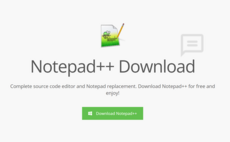The experts reveal their darkest big data nightmares, and explain how to avoid the pitfalls
Don't drown in your own data lake, don't reinvent the wheel, and if you're going to hire a bunch of expensive data scientists, try to avoid letting them sit around doing nothing. That's a brief ...
To continue reading this article...
Join Computing
- Unlimited access to real-time news, analysis and opinion from the technology industry
- Receive important and breaking news in our daily newsletter
- Be the first to hear about our events and awards programmes
- Join live member only interviews with IT leaders at the ‘IT Lounge’; your chance to ask your burning tech questions and have them answered
- Access to the Computing Delta hub providing market intelligence and research
- Receive our members-only newsletter with exclusive opinion pieces from senior IT Leaders






















